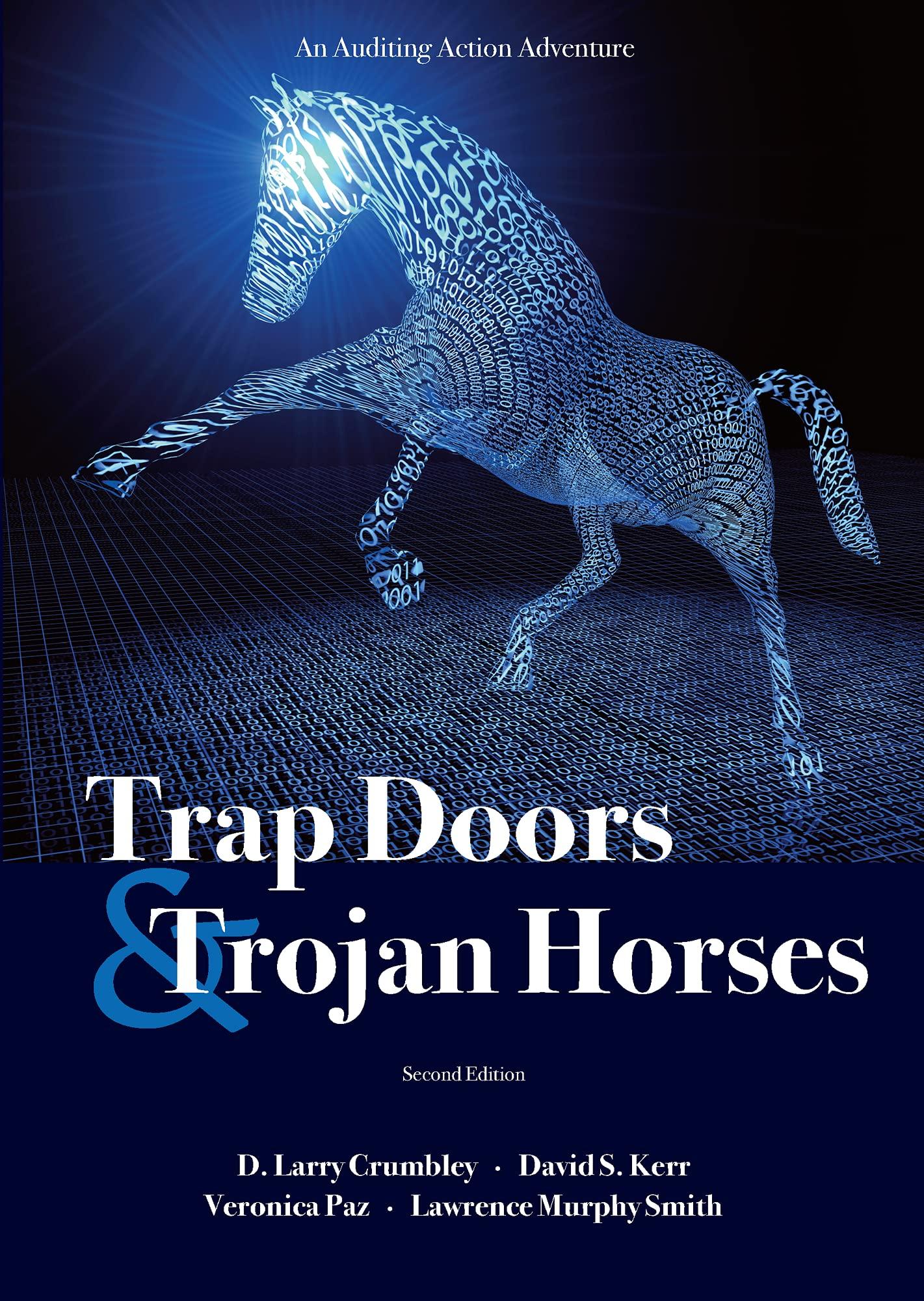Question
A corporation may alternate between S corporation and C corporation status each year, depending on which results in more tax savings. a. True b. False
A corporation may alternate between S corporation and C corporation status each year, depending on which results in more tax savings. a. True b. False 2. If the IRS reclassifies debt as equity under 385, the repayment of the debt by the corporation to the shareholder is treated as a dividend, assuming adequate E & P. a. True b. False 3. Dave contributes land (adjusted basis of $30,000; fair market value of $100,000) to Tan, Inc., in exchange for all of its stock. The land is encumbered by a mortgage of $27,000 which Tan assumes. Since the transaction qualifies for nonrecognition treatment under 351, Tans adjusted basis for the land is $3,000 ($30,000 $27,000) and Daves adjusted basis for the stock is $3,000. a. True b. False 4. Amos contributes land with an adjusted basis of $70,000 and a fair market value of $100,000 to White, Inc., an S corporation, in exchange for 50% of the stock of White, Inc. Carol contributes cash of $100,000 for the other 50% of the stock. If White later sells the land for $110,000, $35,000 [$30,000 + 50%($10,000)] is allocated to Amos and $5,000 ($10,000 x 50%) is allocated to Carol. a. True b. False 5. To the extent of built-in gain at the time of contribution, partnerships may choose to allocate or not allocate gain on the sale of contributed property to the contributing partner. a. True b. False 6. Wally contributes land (adjusted basis of $30,000; fair market value of $100,000) to a C corporation in a transaction which qualifies under 351. The corporation subsequently sells the land for $120,000, recognizing a gain of $90,000 ($120,000 $30,000). If Wally owns 30% of the stock, $76,000 [$70,000 + 30%($20,000)] of the $90,000 recognized gain is allocated to Wally. a. True b. False 7. The profits of a business owned by Taylor (60%) and Maggie (40%) for the current tax year are $100,000. If the business is a C corporation, there is no effect on Taylors basis in her stock. If the business is a partnership or an S corporation, Taylors basis in her partnership interest or basis in her stock is increased by $60,000. a. True b. False 8. Rose, an S corporation, distributes land to Walter, its only shareholder. Roses adjusted basis for the land is $100,000, and the fair market value is $225,000. Rose has a recognized gain of $125,000 ($225,000 $100,000) on the distribution. Walters adjusted basis for the land is the fair market value of $225,000. a. True b. False 9. Samanthas basis for her partnership interest is $112,000. If she receives a cash distribution of $95,000, her recognized gain is $0 and her basis for her partnership interest is reduced to $17,000. Samantha is still a partner after the distribution. a. True b. False 10. Section 1244 ordinary loss treatment is available to shareholders in a C corporation but not to those in an S corporation. a. True b. False
Step by Step Solution
There are 3 Steps involved in it
Step: 1

Get Instant Access to Expert-Tailored Solutions
See step-by-step solutions with expert insights and AI powered tools for academic success
Step: 2

Step: 3

Ace Your Homework with AI
Get the answers you need in no time with our AI-driven, step-by-step assistance
Get Started


